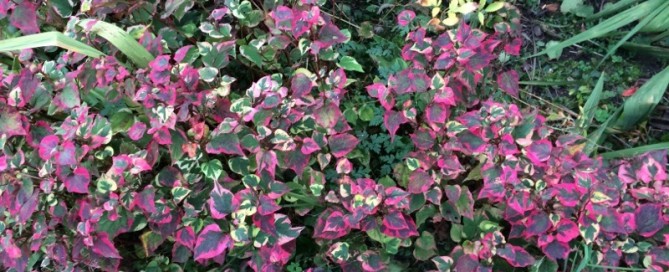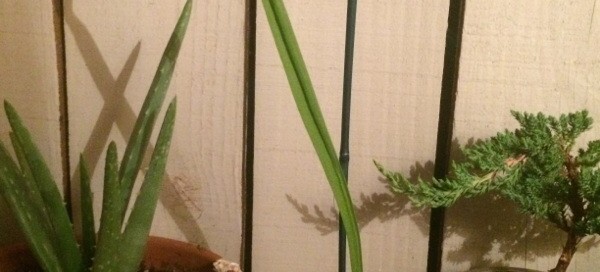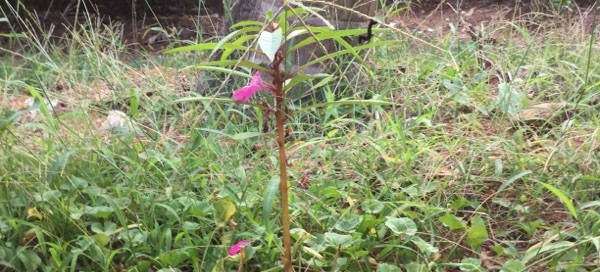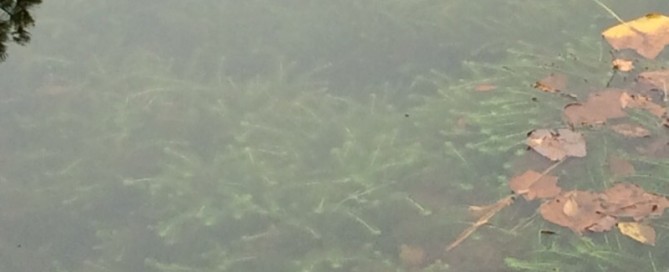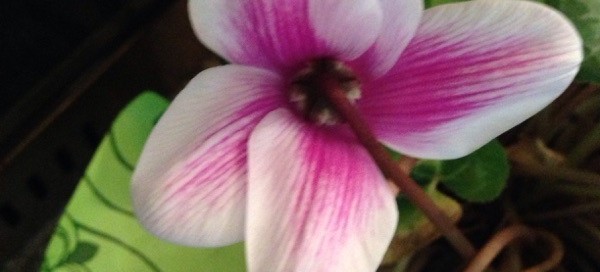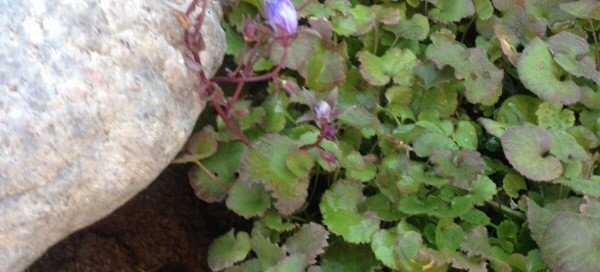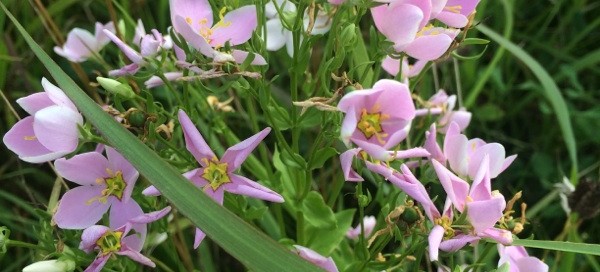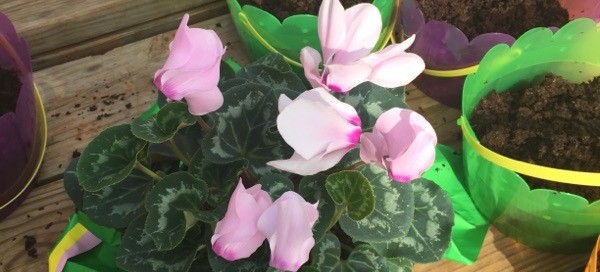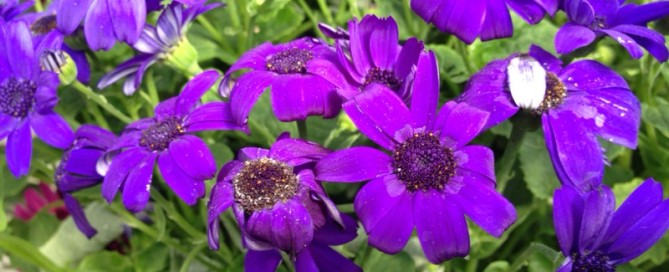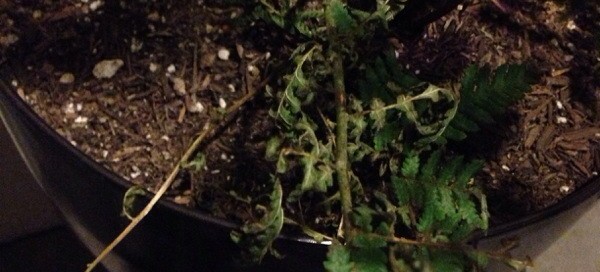Chameleon Plant
This looks like chameleon plant, aka fishwort. Easily grown in humusy, consistently moist to wet soils in full sun to part shade. Variegated cultivars develop best foliage color in full sun. Plants spread invasively by rhizomes and may need to be restrained by soil barriers or planted in areas where fixed structures such as sidewalks or buildings will restrict spread. In water gardens, grow in containers as marginal aquatic plants. Plants tolerate up to 2” of standing water over the crowns. In natural ponds, plants are also often grown in containers sunk into the mud to maintain control and to avoid unwanted invasive spread. Grow as a ground cover in moist, boggy areas but beware: this plant wants to take over the world.
